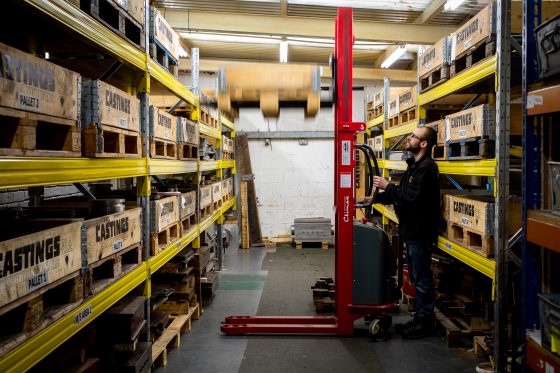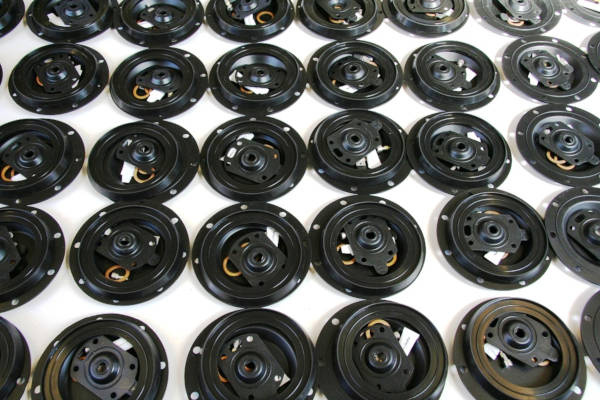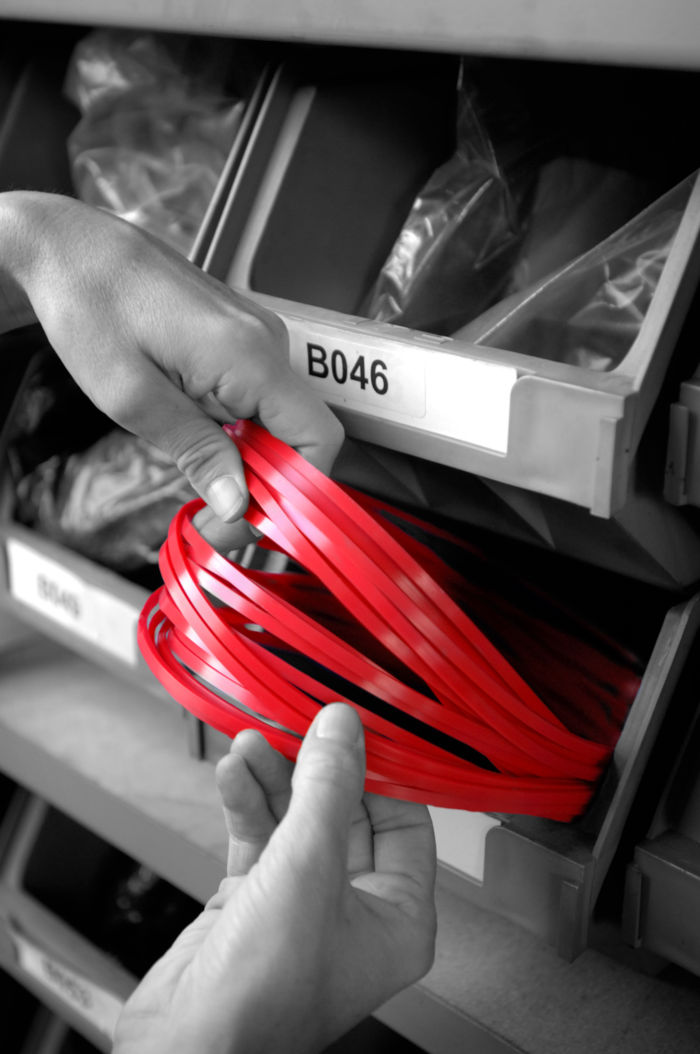Re-shoring: a reality or a political pipedream?
Posted on 05/02/2014 Category: General Martins Rubber blog

The trend of UK companies bringing their work back to the UK rather than sourcing from overseas – in particular in the manufacturing industry – is one that I for one would be happy to see more of, and I’m sure I’m not alone. Call me a dinosaur, but having chosen to persevere with manufacturing in the UK for the last 15 years when all the “clever” advice was to off-shore and increase profits, I maintained my belief that a balanced economy needs people that add value to things by being skilled and clever at designing and making products, not betting on financial trends.
However, there are mixed reports about whether re-shoring is a ‘real’ phenomenon or just a political drum for David Cameron to beat as he does his inevitable rounds to regional manufacturers and struggling civil service departments with low budgets and high targets, looking for the “feel good” factor. The Financial Times makes a comparison between the US re-shoring 80,000 manufacturing jobs in the past 3.5 years, whilst the UK has apparently only managed 1,500 – a drop in the ocean, particularly when one considers the decline in UK manufacturing employment in general since the 80’s. On the other hand, for a Company like ours which employs (approximately) 35 people, an increase of just 1 member of staff is a rise of 3% – not to be sniffed at, and when you actually get down to the real grass roots level (a phrase now used with such abandon to have become almost meaningless), that particular person will be grateful for the return of ‘just a few’ re-shored orders in order to keep them in paid employment. The Prime Minister is now promoting a new service, ‘Reshore UK’, to be headed up by the UKTI and MAS to provide tailored support for businesses who want to be a part of this new opportunity, offering a matchmaker service for those companies looking to bring their work home. As ever with government initiatives however, one wonders how much will percolate down to SME levels where it could really make a big difference, and in practical terms, how relevant the “matching & location” service will be in actually delivering real work?. So, what are our experiences on the other side of the coin, off-shoring? Well, we have sourced from overseas, in one instance at the request of a particular (high-technology electronics) customer for a price advantage. The experience was relatively painless for us; we developed the product in-house by manufacturing our own prototype tooling and, once developed and the product tested and approved by the customer, partnered with an overseas (Singapore) moulder to create a high-volume production tool. Unfortunately, under pressure from the end user, our customer took a gamble and went to full production prematurely due to the long lead-times; they were left with a bill for a full production tool that ultimately only created “paperweights”, and an unhappy customer. When it comes to R&D projects, on more than one occasion we have undertaken significant unpaid consultation with clients, helping them specify the correct materials and refine their designs for production, only to find ourselves “uncompetitive” on the tooling and production work for medium volume manufacturing, losing out to “low cost” countries for the actual work. However, on following up these projects with the clients some months later, the theme has been that actually they did not get the tooling execution and thus product quality that they were expecting, or, initial deliveries were to specification, but then standards slipped, and quality was inconsistent. More than one customer was moved to comment that they had not factored in the cost of the many visits required to troubleshoot or oversee production, and that in fact the final cost of the parts was not “cheap”.
Some of our competitors – the ones at the high-volume, cheap and cheerful end of the market – source many of their products overseas nowadays. The volume of work they off-shore gives the advantage of keeping a foreign factory fully employed and getting multiple batches of product per freight delivery – not an advantage that many of their customers would have if they went direct to market. The drawback is that there is yet another middle-man with their own priorities affording the customer even less control – so, if you are willing to pay up front, risk losing your IP, sacrifice lead times, delivery promises and control over quality for price, then this is an option. So, what about our customers – generally medium volume engineering and manufacturing businesses – have we lost them to the far east? Yes, a few of them. And then they have come back. A large multi-national engineering firm set up their own production plant overseas some years ago to feed their production line with rubber products. After providing samples to drawing and from a high quality compound initially, the plant starting varying the compound – all the paperwork and the quality ‘ticks’ remained the same, but the final product was inconsistent and failed intermittently. And this was a factory that they themselves owned. This product is now manufactured by us. This again is a story we have heard on more than one occasion, but there can be exceptions; we have a very happy marriage of UK and overseas production with a large manufacturing customer; we do all the development work in the UK (which we are entirely happy with), and then they take the developed product to Malaysia and buy in huge quantities for a fraction of the cost. When done well and with the right degree of management and process control there is no reason why this scenario should not succeed, but the evidence is that it is far from easy to deliver in practice. We have had a steady trickle of enquiries this past 12 months from potential and current customers who want to bring their work back from overseas – citing lead time, variable quality and communication breakdown as the main reasons. The problem is, they want all the improvements (and often guarantees beyond what they would have set out to look for initially, following bad overseas experiences), but are often unrealistic about the price difference. We are competitive in the UK market, as well as offering services to add value (improved quality controls and testing, design services, kitting, sub-contract management), but if the Government is serious about creating a market that will encourage businesses who went abroad specifically for cost-savings to bring back their work back to the UK, there needs to be a little give for the UK SME’s who are trying to provide a balance between quality and price. Whilst the initiatives proposed in Reshore UK have potential, ultimately cost is still a huge factor in the decision making process and that is where SME’s need real help; this could take the form of tax breaks on capital expenditure, business rates that are more competitive, and guaranteed affordable energy prices which would allow greater confidence in forward planning. The inadvertent and thoroughly ironic lesson of the PPI mis-selling scandal is that if you put the right amount of cash in place with people who will actually spend it on goods & services, unsurprisingly, economic activity improves. On the other hand, giving huge sums of QE cash to banks that sit on it and don’t lend out to business does absolutely nothing in the real economy, so if the government is actually serious about seeing action, Reshore UK must deliver more than sound bites and photo opportunities where it counts, here at the front line of UK manufacturing.
The post Re-shoring: a reality or a political pipedream? appeared first on Martin’s Rubber Company.




